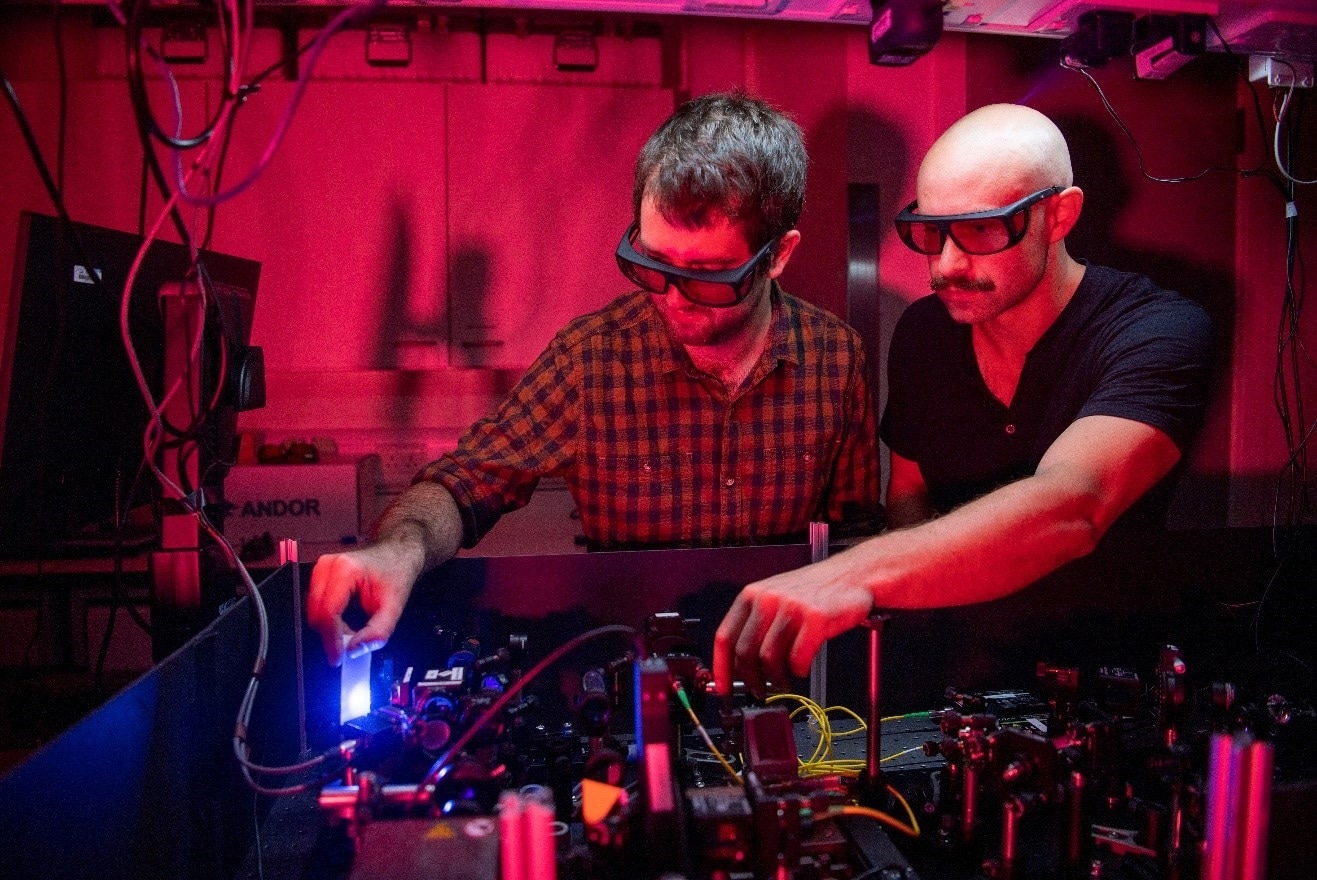The ability to conduct lidar imaging with a significantly improved depth resolution is feasible with traditional methods, and has been revealed by researchers using a quantum-inspired technology.
 Researchers developed a quantum-inspired technique that can be used to perform lidar with a depth resolution that is much higher than conventional approaches. Image Credit: Ashley Lyons, University of Glasgow.
Researchers developed a quantum-inspired technique that can be used to perform lidar with a depth resolution that is much higher than conventional approaches. Image Credit: Ashley Lyons, University of Glasgow.
Due to its low depth resolution, lidar, which employs laser pulses to capture 3D information about a scene or object, is often best suited for photographing huge objects like topographical features or artificial buildings.
Although lidar can be used to image the overall shape of a person, it typically doesn’t capture finer details such as facial features. By adding extra depth resolution, our approach could capture enough detail to not only see facial features but even someone’s fingerprints.
Ashley Lyons, Research Team Leader, University of Glasgow
Lyons and first author Robbie Murray present the novel method, named imaging two-photon interference lidar, in the Optica Publishing Group’s journal Optics Express. The team demonstrated the production of high-quality 3D pictures with micron-scale resolution and could differentiate reflecting surfaces as close as 2 mm apart.
Lyons stated, “This work could lead to much higher resolution 3D imaging than is possible now, which could be useful for facial recognition and tracking applications that involve small features. For practical use, conventional lidar could be used to get a rough idea of where an object might be and then the object could be carefully measured with our method.”
Using Classically Entangled Light
The new method takes advantage of “quantum-inspired” interferometry, which derives information from the interaction of two light beams.
With this kind of interferometry, entangled pairs of photons, or quantum light, are frequently utilized. However, methods based on photon entanglement frequently perform poorly in conditions with significant levels of light loss, which is virtually always the case for lidar.
To solve this issue, the researchers used their understanding of quantum sensing to classical (non-quantum) light.
“With quantum entangled photons, only so many photon pairs per unit time can be generated before the setup becomes very technically demanding. These problems don’t exist with classical light, and it is possible to get around the high losses by turning up the laser power,” further stated Lyons.
Two identical photons will always stick together or become intertwined and leave in the same direction when they simultaneously collide at a beam splitter. The behavior of classical light is similar, but to a lesser extent; most of the time, classical photons move in the same direction.
By observing when two photons arrive at detectors simultaneously, the researchers could precisely estimate the arrival of one photon using this characteristic of classical light.
Enhancing Depth Resolution
Lyons further added, “The time information gives us the ability to perform depth ranging by sending one of those photons out onto the 3D scene and then timing how long it takes for that photon to come back. Thus, two-photon interference lidar works much like conventional lidar but allows us to more precisely time how long it takes for that photon to reach the detector, which directly translates into greater depth resolution.”
The researchers detected two reflecting surfaces of a piece of glass with a thickness of around 2 mm using two-photon interference lidar, demonstrating its great depth resolution.
These two surfaces would not be distinguishable by conventional lidar, yet the researchers could precisely measure the two surfaces. Using the new technique, the team also developed a detailed 3D model of a 20-pence coin with a 7-micron depth resolution, demonstrating that the technique might capture the degree of information required to distinguish between individuals based on their face traits or other characteristics.
In addition to being exceedingly effective at the single-photon level, two-photon interference lidar might potentially improve more intricate imaging techniques used for imaging through highly scattering media or non-line-of-sight imaging.
Currently, collecting the images involves scanning across all three spatial dimensions, which is time-consuming. The researchers are trying to speed up this procedure by minimizing the quantity of scanning required to get 3D data.
Journal Reference:
Murray, R., et al. (2022) Two-Photon Interference LiDAR Imaging. Optics Express. doi:10.1364/OE.461248.